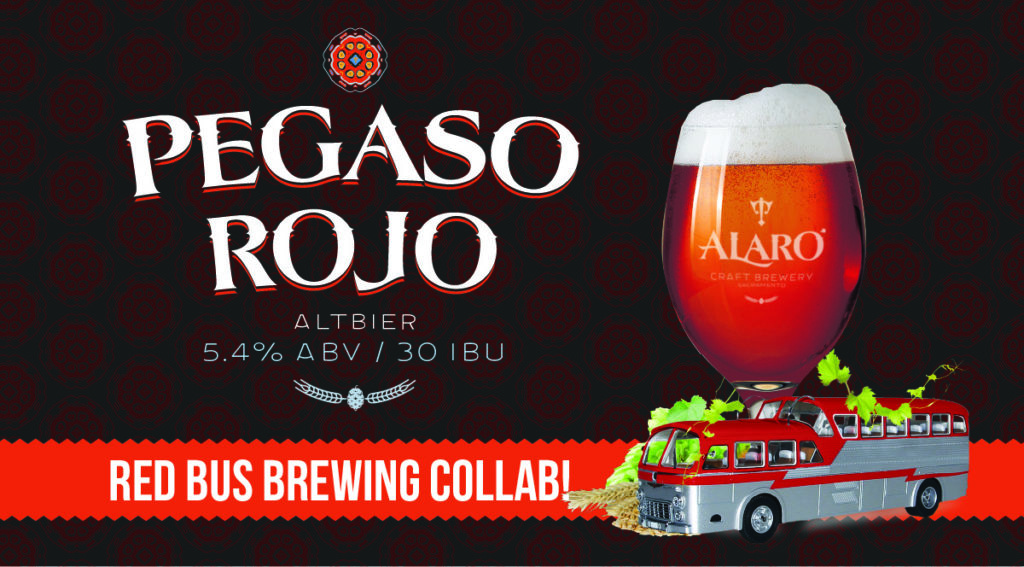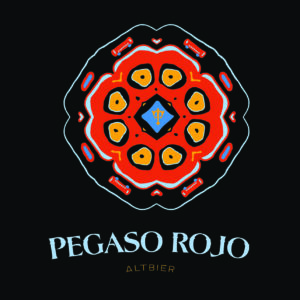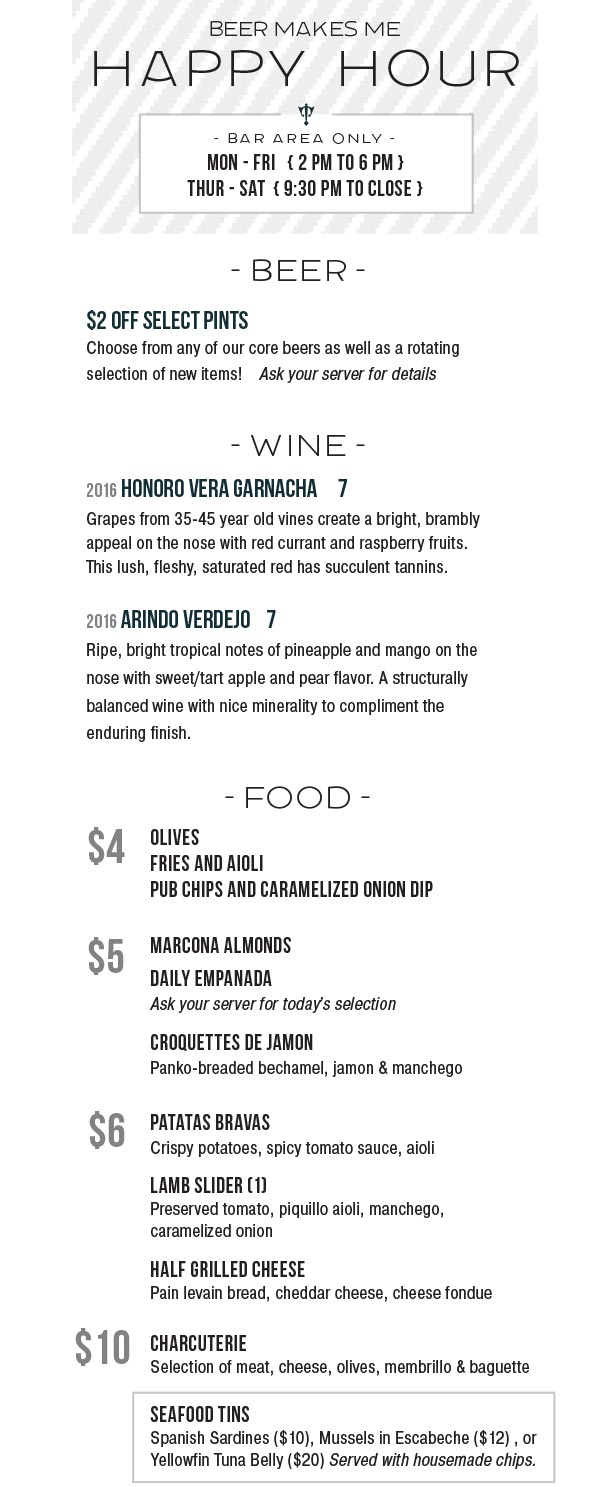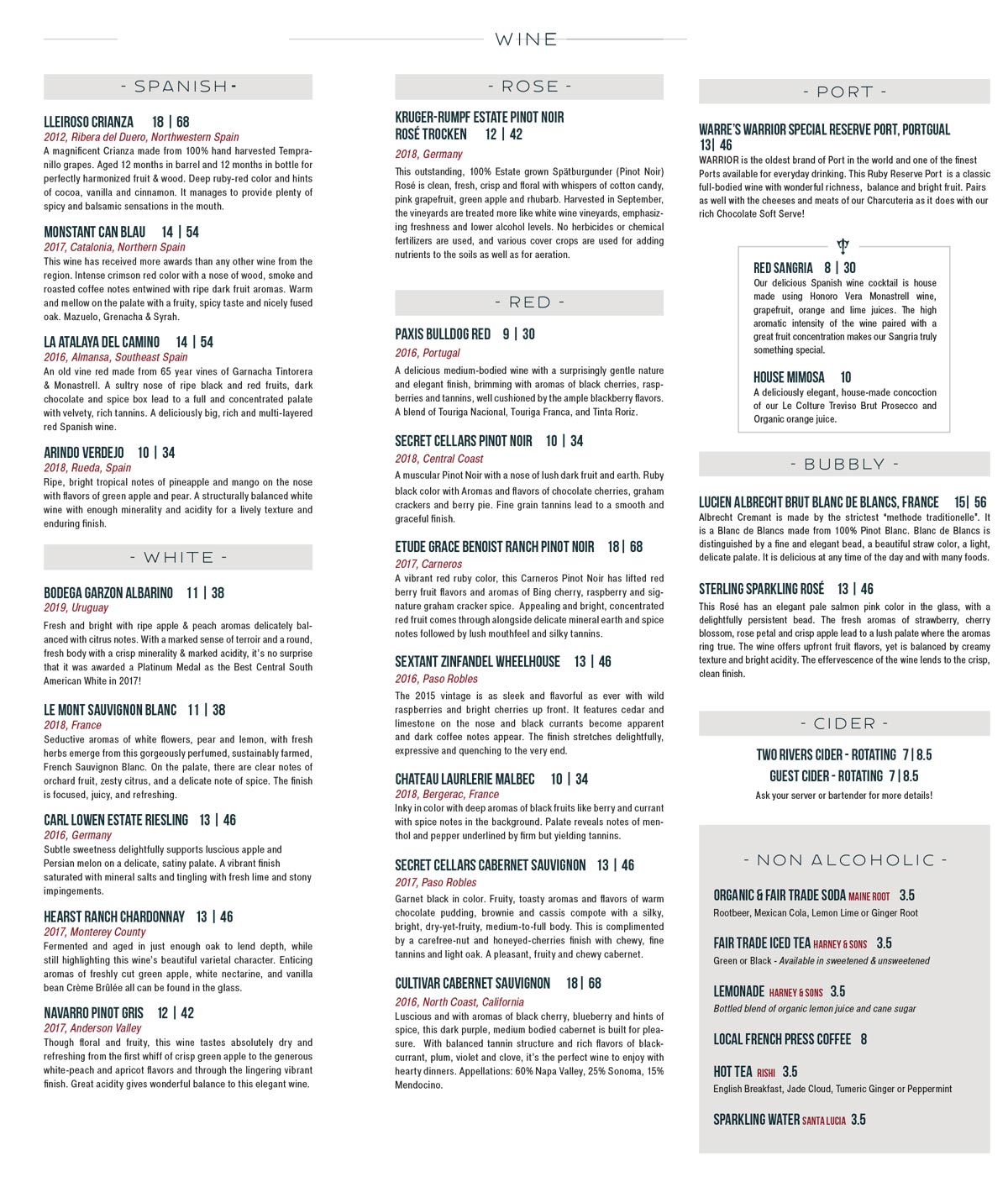Kölsch and Altbier, same same but different?
Our good friends from Red Bus Brewing in Folsom CA reached out to us and suggested brewing in Collaboration. They are super cool so of course we accepted. Now we had to decide what to brew.
Alaro Craft Brewery founded itself on “Beer Flavored Beer” and we are proud to focus on classic beer styles. The team from Red Bus also has an affinity for European styles so after a bit of conversation, we decided brewing a Kölsch and an Altbier, one at each of our breweries, using the same yeast strain, the same base grain profile and the essentially, the same hops, would not only be a fun project, but would tell a great story.
Both the Kölsch and Altbier share many similarities. Both are German in origin. Both are crisp, clean and well-balanced. Both are made primarily from Pilsner Malt. Both styles are hopped with German Hops. Both are around 5% ABV lighter-bodied beers. Both are well attenuated and top-fermented, with special German Ale Yeast and both are stored cold like a lager.
So, what is the difference?
As previously stated, both styles originated in Germany, but the difference is that they originated from two different cities on opposite sides of the Rhine River.
- Kölsch is a German Ale that originated in Cologne.
- Altbier is also a German Ale but this style originated in Düsseldorf.
- Kölsch is one of the lighter styles of German beers.
- Altbier is a darker, copper color German beer.
- Kölsch is pale gold and has a very subtle fruit and hop character. It should have a subdued maltiness throughout that leads into a pleasantly well-attenuated and refreshing finish.
- Altbier is copper in color with a rich, nutty, bready malt character and a spicy, floral hop bitterness that leads into a pleasantly well-attenuated and refreshing finish. Think of the Altbier as the darker cousin of the Kölsch.
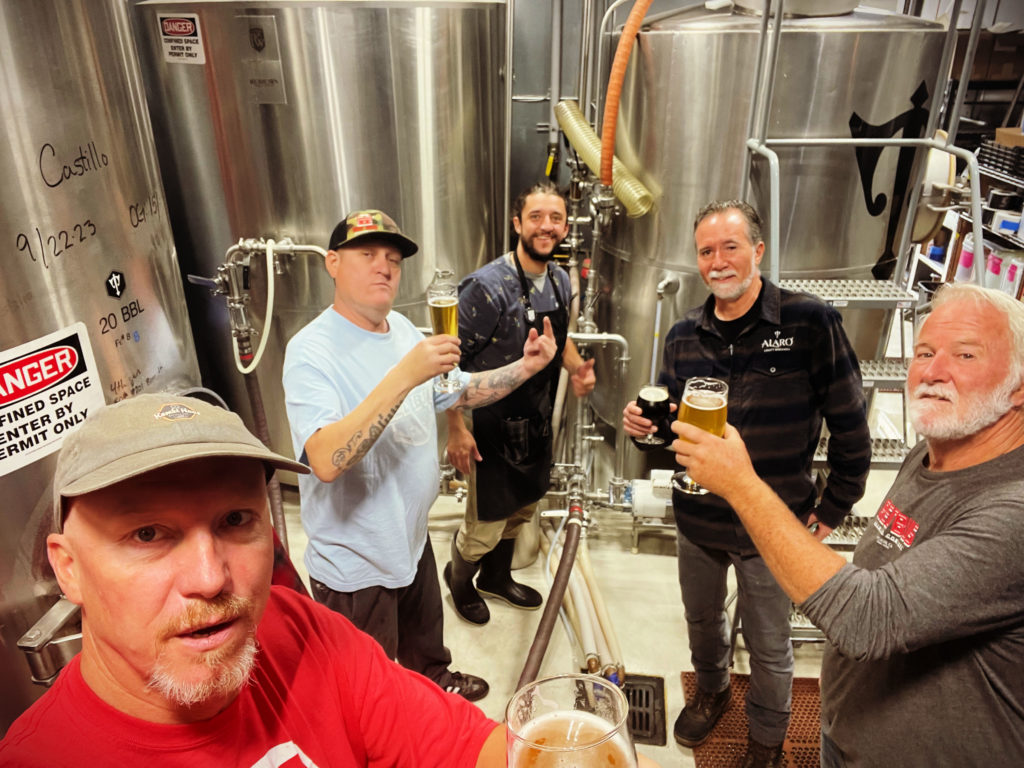
So here goes the story –
Following the German beer history, two different breweries from two different cities, just down the river from each other decided to make similar but different beer styles. Team Red Bus and Team Alaro spent some time formulating the recipe and plan. We decided that since we were going to both make beers primarily from Pilsner malt that we pull grain from our talented friends at Admiral Maltings in Alameda. They are only the best floor malters we personally know! We both used their Admiral Pils as our base malt for two reasons – first that it is lightly kilned to produce a malt with delicate color and clean, vibrant flavor, and second, because it produced from grain grown sustainably by Sacramento California family farms. We also used Admirals Midway & Pacific Victor for complexity and amazing malt flavors of toast, pretzel & nut. As mentioned previously, we planned to use essentially the same grain base but the plan was to add a touch of Weyermann® CARAFA® Type 2, a de-husked, dark roasted specialy malt to add the slight roast flavor and color to the Altbier.

Team Red Bus decided on using Saaz & Strisselspalt for the Kölsch and Team Alaro decided to use Saaz & Spalt hops for the Altbier. This would allow us to nail the styles and balance the malt flavors with the spicy, floral hop bitterness but our little secret was for both teams to add German Hallertau Blanc hops from BSG in the finish for a 21st century touch.

Now, the yeast. We both decided to use G03 Dieter from Imperial Yeast as it is a clean, crisp and traditional German Kölsch strain.
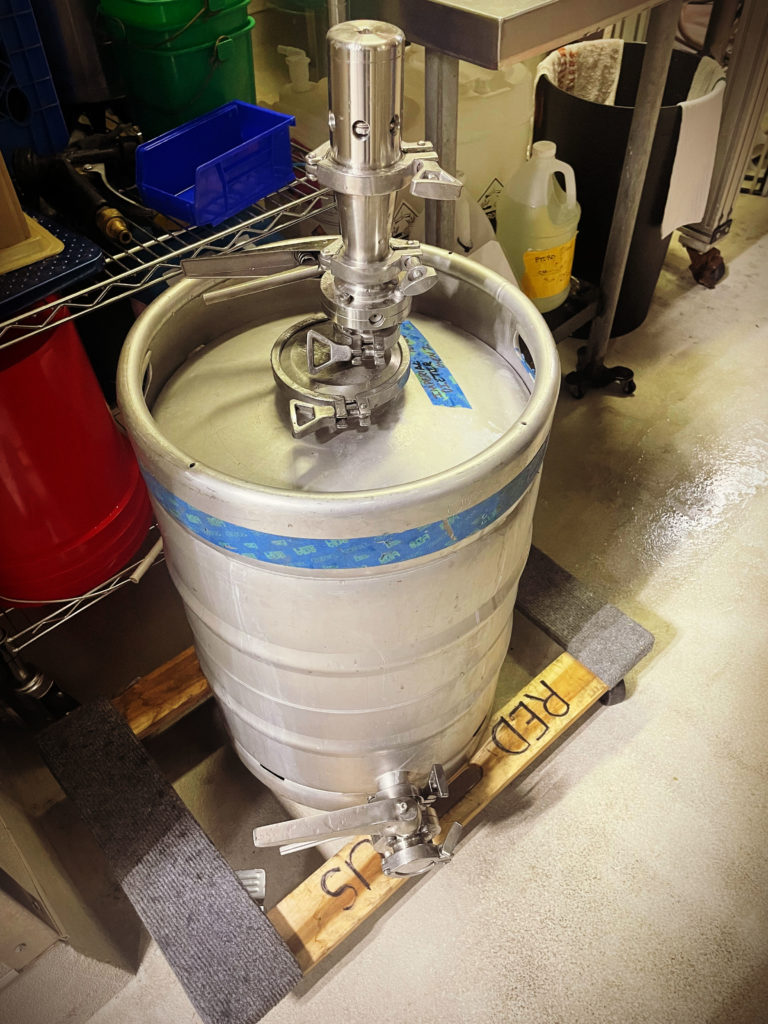
The first brew took place at Red Bus Brewing Company and together we brewed the Kölsch.
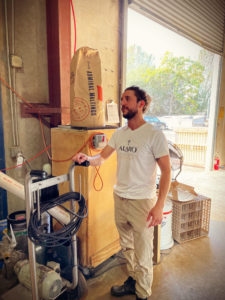

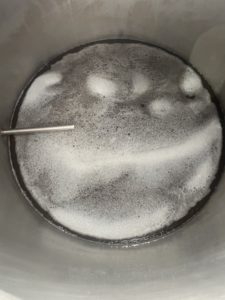
Just over a week later we together brewed the Altbier at Alaro Craft Brewery.


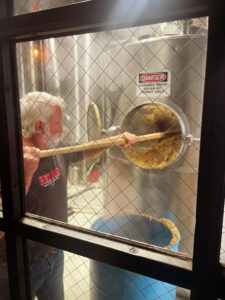
Both beers fermented fast and attenuated well to nail that crisp, clean and refreshing profile that we both hoped to achieve!
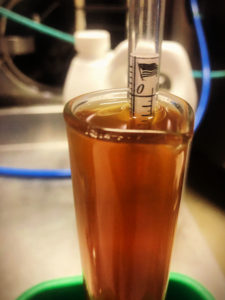
Joining these two brew teams and two different facilities is just plain fun. It’s a really cool experience to brew on a friends brewhouse, to see the many similarities and the subtle differences, not unlike seeing the similarities and the differences between the Kölsch and the Altbier! Be on the lookout for the release of both of these elegantly crafted, classic beers in Mid November at both locations and compare the nuances yourself of two beer styles you don’t see all that often in this area.

